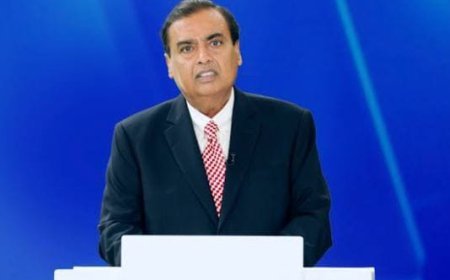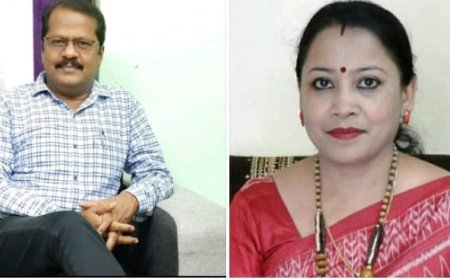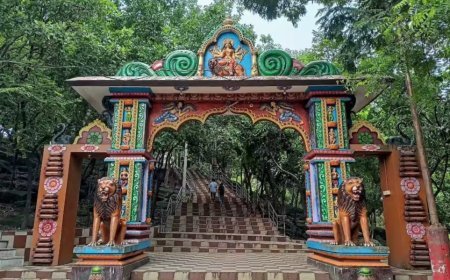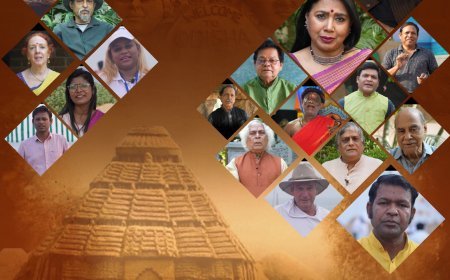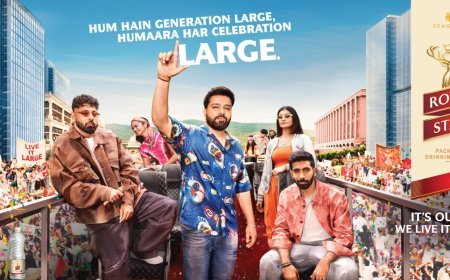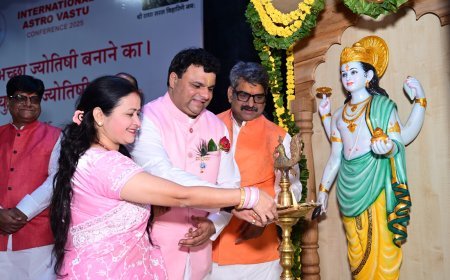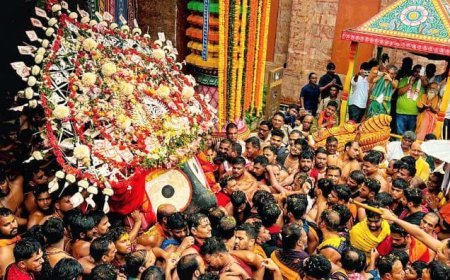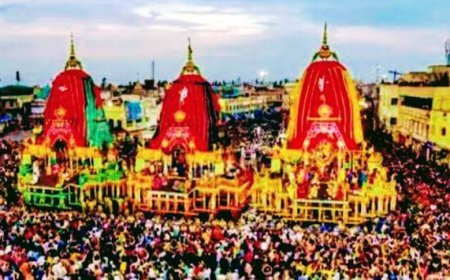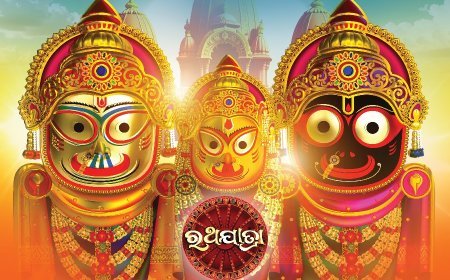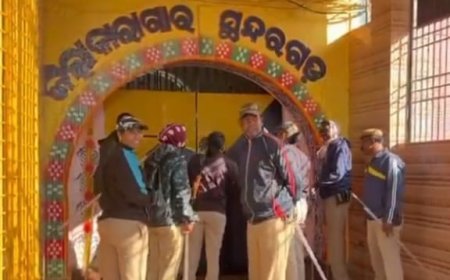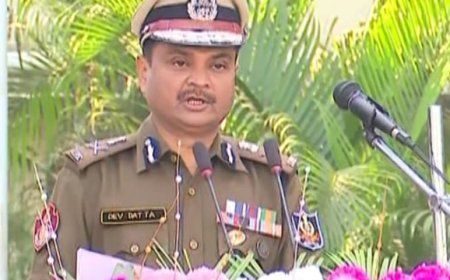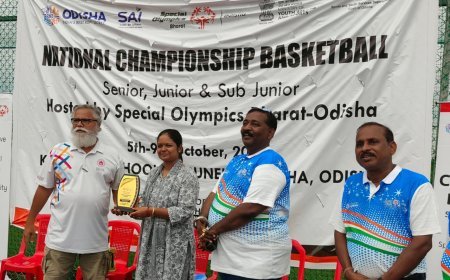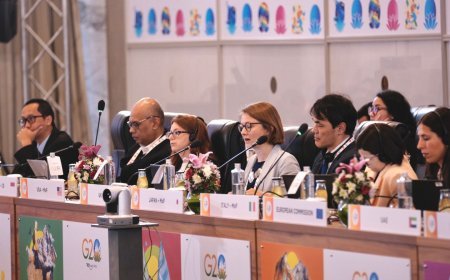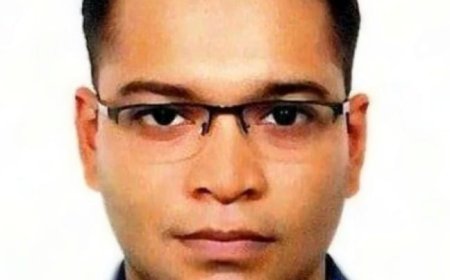A Constitution Without Gandhi

by Sanjay Pattnayak
Gandhiji was an immensely influential figure—both a saintly personality and a towering leader, without ever holding any formal position of political power. No one would deny that, among the leaders of India’s freedom struggle, he was the most influential. It's not that others didn't play significant roles, but his impact on the masses was unparalleled. Without holding a high political office like a party president, prime minister, or viceroy, he managed to sway millions. If he went on a fast or a hunger strike, what did it matter to those in power? Yet, as Dale Carnegie observed, whenever Gandhiji fasted, editors across the globe scrambled to make it the headline. "Flash it now!" they would cry.
From the Champaran Satyagraha in 1917, Gandhiji had emerged as the undisputed leader of India before the entire world. No one before him had ever commanded such widespread influence across India, nor has anyone since. There's no point speculating about the future. This immense influence ultimately became a curse for him. Jinnah, of course, opposed him under the banner of religion. But after the independence of 1947, who was left? Jinnah had gone on to form Pakistan. Opponents realized that as long as this great man lived, his influence would not wane. Despite being a 79-year-old elderly man, he was shot by an assassin.
The person may have left, but what changed? His influence still remains in the hearts of people. Though physically absent, he is still present. His ideas live on. That's why even today, there is an attempt to kill his ideas. Why is there so much fear of Gandhian thought? Even in the Constitution, there was no formal place given to his ideology.
India gained independence in 1947. Since the end of 1946, representatives and nominated members from across the country were involved in drafting a Constitution for independent India's future governance. The process began in earnest, and by the end of November 1949, the Constitution was ready and implemented in 1950. Gandhiji was alive during the drafting of the Constitution. Most of the members involved in its making were his followers, but he himself did not seek to be a member of this drafting committee. By January 30, 1948, when he was assassinated, India had been free for only 5 months and 15 days. His closest follower, Jawaharlal Nehru, had become Prime Minister, and another loyal disciple, Sardar Patel, was Home Minister. Those who believed India was freed because of him were all seated in the Constituent Assembly. Rajendra Prasad, another loyal follower, was the chairman of the Constitution Drafting Committee. Jawaharlal Nehru introduced the "Objective Resolution," which laid down the framework for the Constitution.
As discussions unfolded, principles related to Gandhian thought were either excluded or neglected. Though laws have been passed in the country to implement some policies, those based on Gandhian principles remain unaddressed or ignored.
The Assembly, consisting of around 300 members, took two years, eleven months, and eighteen days to draft the Constitution, India’s first and fundamental legal document, containing 395 articles, 22 parts, and 8 schedules.
Who would have thought that a leader as influential as Gandhiji, who was once said to hold the power to bring the world to a standstill, would have his ideals largely left out of the Constitution? His ideas influenced people from America to Nepal, from Koraput in Odisha to Kujang, and from the western frontier to the princely states of Odisha. Yet, in the end, his philosophy remains largely absent from our governing document.






